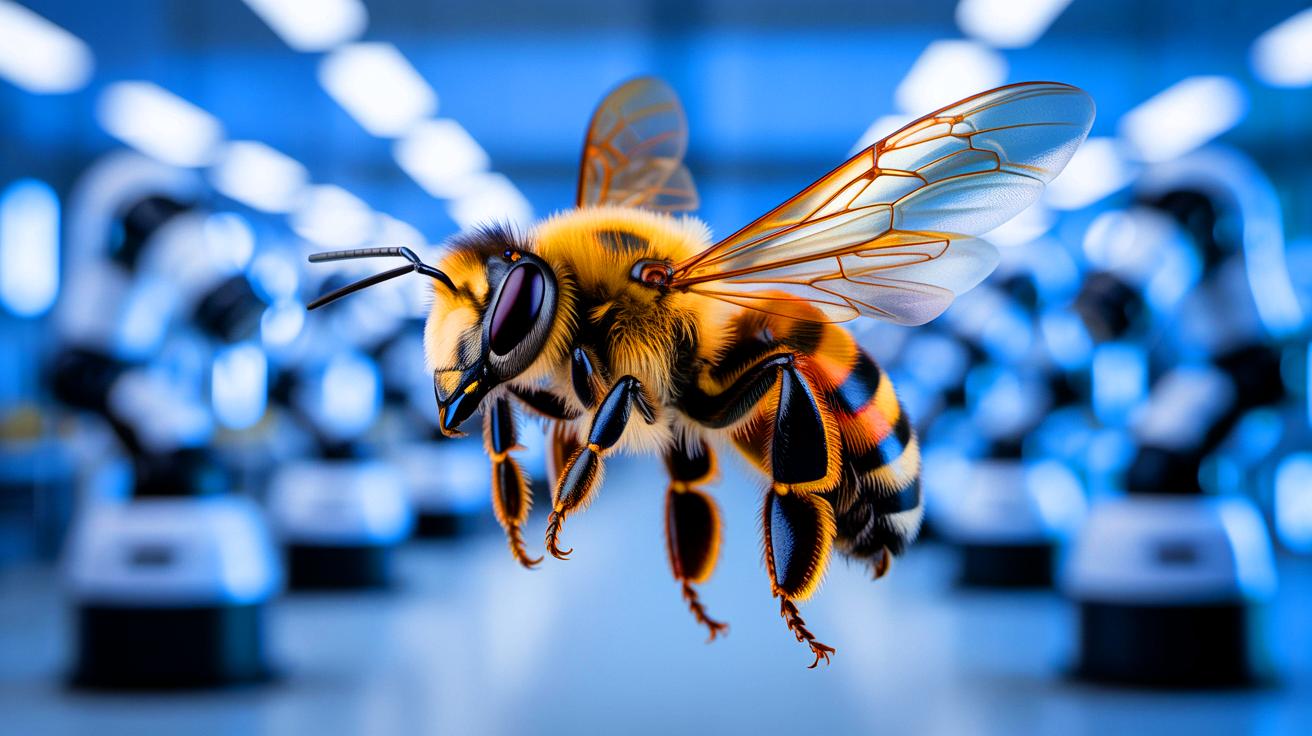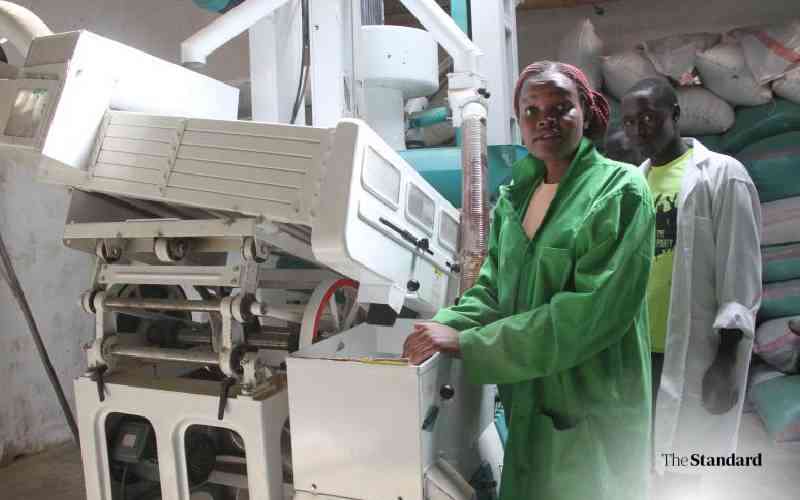Bees' Hidden Learning Trick to Revolutionize Robotics

The natural world often serves as a profound source of inspiration for advancements in artificial intelligence (AI) and robotics. A prime example of this comes from the study of bees, tiny creatures with brains no larger than a sesame seed, whose remarkable behaviors are offering groundbreaking insights into AI and sophisticated pattern recognition. Scientists are discovering that bees actively shape their visual perception through intricate flight movements, providing a model of efficiency and complexity that challenges traditional assumptions about intelligence and brain size.
Researchers at the University of Sheffield have been instrumental in this field, developing computational models that accurately mimic bee brains to explore these complex processes. This work not only deepens our understanding of bee cognition but also opens avenues for innovative applications in robotics and AI systems. The intricate flight patterns of bees are more than just a captivating display; they reveal advanced cognitive processes. Bees utilize their movement in flight to enhance their visual perception, dynamically interacting with their surroundings. This dynamic engagement allows them to recognize intricate visual patterns with remarkable precision, such as distinguishing various flowers or even human faces. By computationally modeling these behaviors, scientists are gaining invaluable insights into creating more efficient and adaptable AI systems.
These findings underscore that even small, evolutionarily refined organisms can perform highly complex computations, thereby challenging prior assumptions about the direct correlation between brain size and intelligence. Professor James Marshall from the University of Sheffield emphasizes that this research highlights the immense potential of small, highly efficient systems to execute advanced tasks. The implications for robotics are substantial: by emulating these natural processes, engineers can design robots that process information in ways more akin to biological organisms. This approach could lead to the development of robots that are not only more efficient but also capable of adapting to their environments in unprecedented ways. This interdisciplinary research, where biology and technology converge, is a catalyst for groundbreaking innovation.
The long-standing scientific question of whether brain size directly correlates with intelligence is being re-evaluated through studies like those conducted at the University of London. By analyzing bee brains, researchers have identified the minimal number of neurons necessary for complex visual discrimination tasks, demonstrating that even 'microbrains' can perform advanced computations. This discovery holds profound implications for understanding neural efficiency and the very nature of intelligence. Professor Lars Chittka’s work, in collaboration with Queen Mary University of London, underscores that intelligence is not merely a function of brain size but rather the outcome of optimized neural computations. This paradigm shift encourages a new focus in AI development, shifting from sheer computational power to strategies that prioritize efficient processing. Understanding these biological principles can inspire the design of AI systems that are both powerful and remarkably resource-efficient.
Inspired by the agility and efficiency inherent in bees, researchers at MIT have developed robotic insects poised to revolutionize agricultural practices. These robotic pollinators, remarkably light—weighing less than a paperclip—are capable of executing intricate aerial maneuvers, including double flips, to assist in artificial pollination. This innovation promises to transform how fruits and vegetables are cultivated, especially in controlled environments such as multilevel warehouses. By meticulously mimicking the natural flight patterns of bees, these robotic insects can perform precise pollination tasks, which can significantly boost agricultural yields while simultaneously minimizing environmental impact. This approach not only enhances food production but also vividly demonstrates how deep biological insights can directly inform technological advancement. As agriculture faces increasing global pressures, innovations like robotic pollinators offer promising, sustainable solutions for future food production.
The ongoing study of bees and their complex cognitive processes offers a compelling glimpse into the future of AI and robotics. By understanding how these tiny creatures efficiently process information and interact with their world, researchers are developing technologies that consciously mimic these natural strategies. This research consistently highlights the critical importance of interdisciplinary approaches, where insights gleaned from biology directly inform and guide technological development. As artificial intelligence continues its rapid evolution, the invaluable lessons learned from bees will undoubtedly play a crucial role in shaping the next generation of intelligent systems, leading to machines that are not only smarter but also more intrinsically attuned to their environments.








